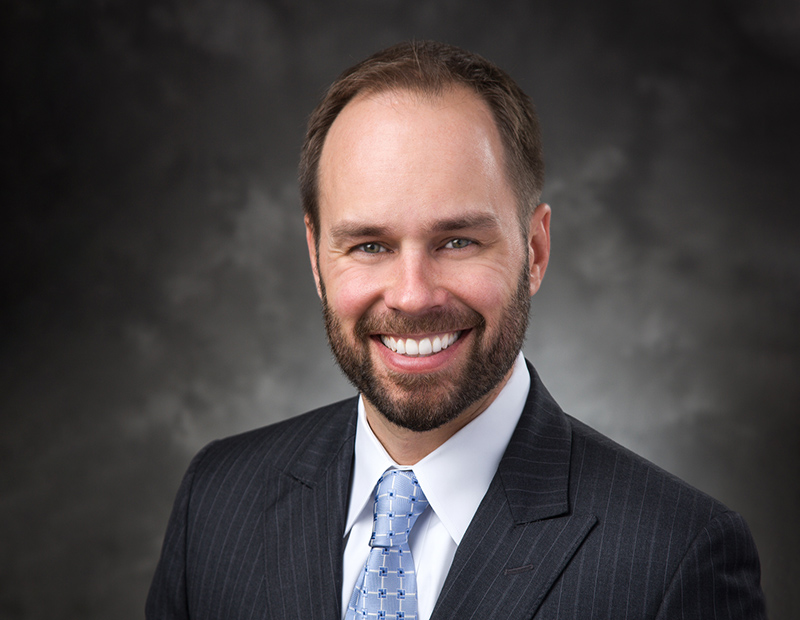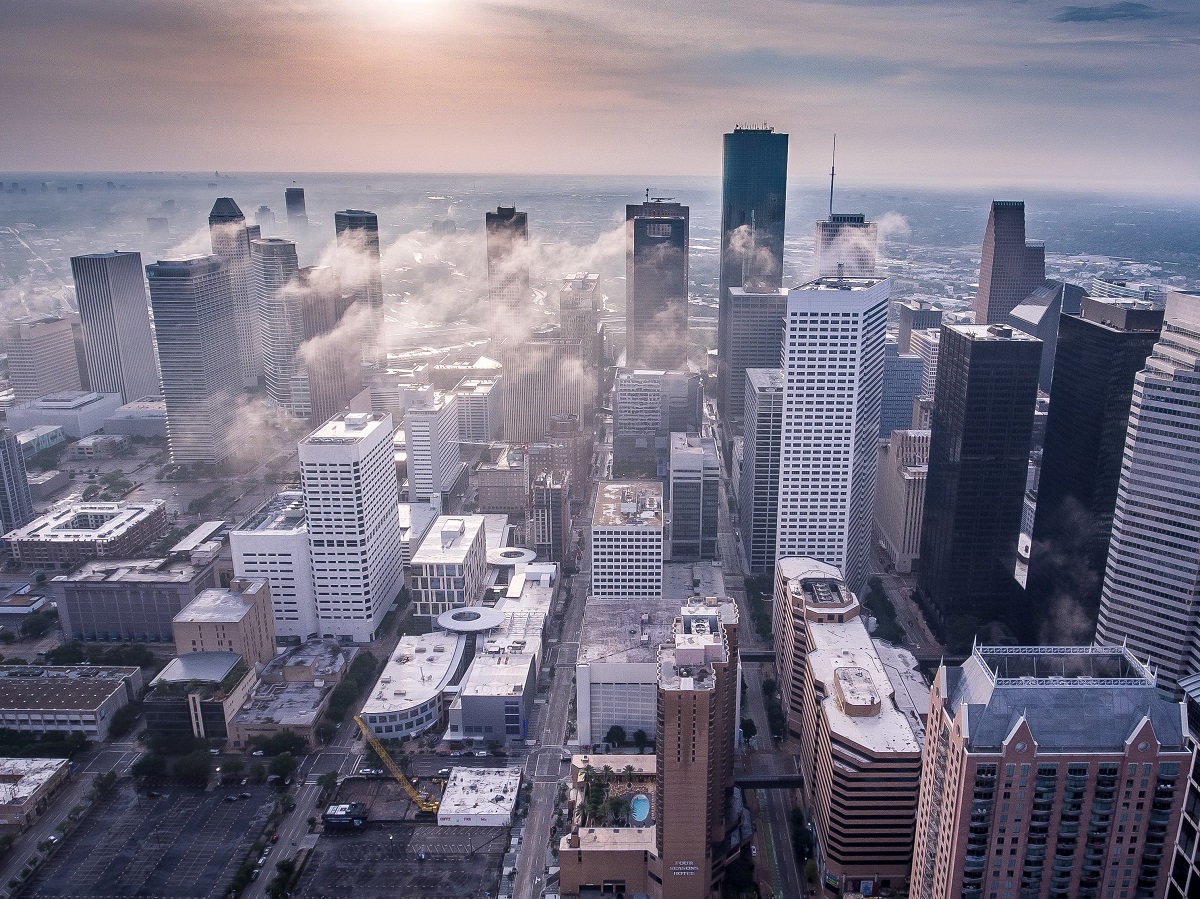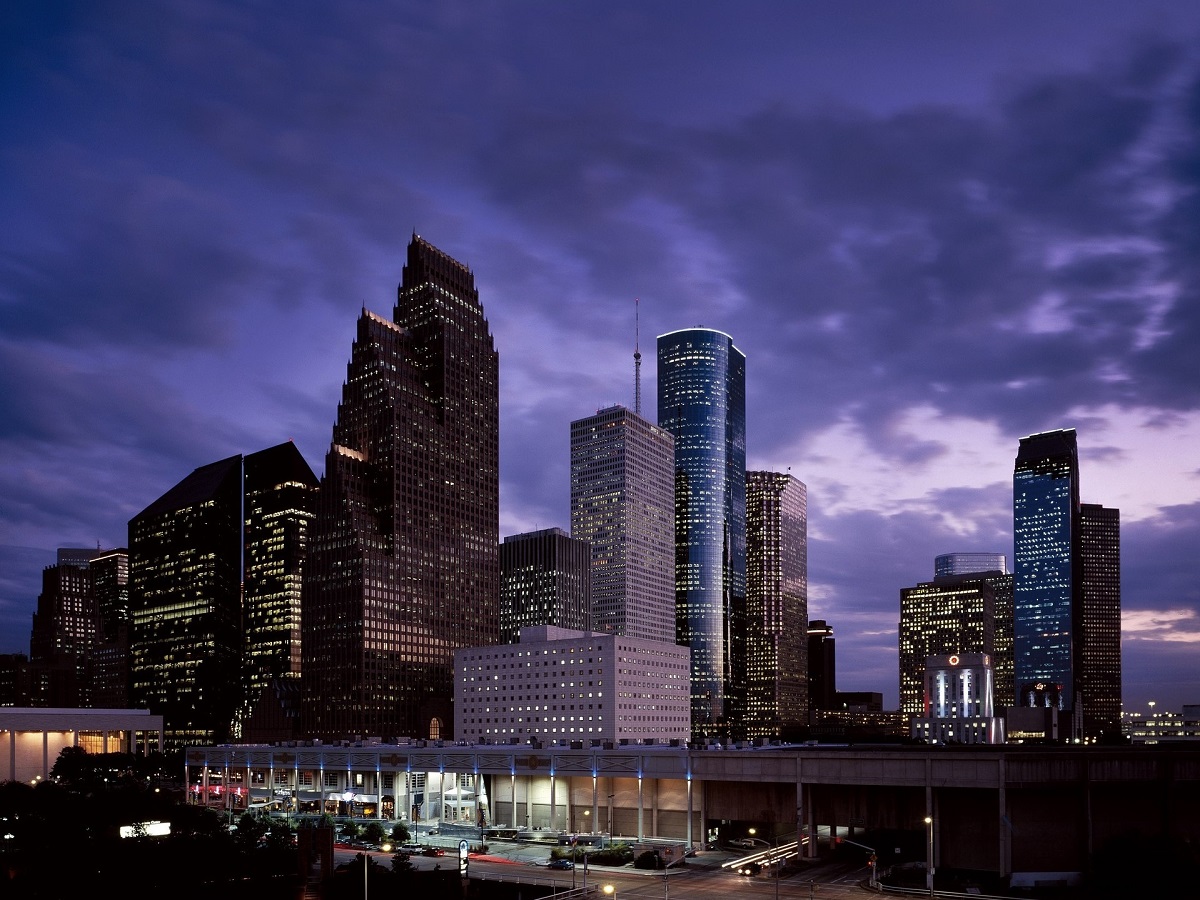An Insider’s View of Houston’s Office Market
TRC Capital Partners’ Chris Dendtler talks about the potential scenarios the metro may have to deal with as the pandemic continues.
Houston’s office market was slowly recovering from the shock caused by the 2014-2016 oil downturn when a double crisis hit: the coronavirus outbreak, and another oil and gas price crash. Despite all these challenges in the past decade, certain fundamentals—such as a business-friendly climate, a less expensive cost of living and a well-educated workforce—are bound to stimulate Houston’s recovery. However, it is difficult to predict when the industry will return to a sense of normalcy.
Chris Dendtler is a partner with TRC Capital Partners, a Houston-based landlord with a significant office portfolio in the city’s urban center. In the interview below, Dendtler provides insights into how the metro’s office market is dealing with the economic fallout caused by the pandemic.
READ ALSO: Houston’s Double Crisis: Can the Metro Take the Hit?
How have the global health crisis and the oil and gas price crash impacted Houston’s office market?
Dendtler: Office landlords have gone into workout mode, much like their tenants and their lenders. Each level of the real estate food chain is feeling the effects of lower revenues to cover rent, employees and mortgage commitments. It’s interesting to watch this unfold.
Post-9/11, the focus was on redundancy, but that’s not the story here. Instead, real estate experts are all making bets as to when the virus will be contained and how quickly business and social activity will return to economically sustainable levels for those businesses that survive.
So far, the Houston office market has proven to be remarkably resilient. I think the question on everyone’s mind now is: “How much longer can this go on?” We may find out in the second half of the year, as tenant savings, deferred rent plans, and forbearance periods reach their limitations.
To what extent has the coronavirus outbreak affected your operations?
Dendtler: From the very beginning, we have focused on the health and well-being of our team members while maintaining the services that make up the building operations, such as life safety, janitorial service and HVAC maintenance. Our team starts and ends each day reviewing the latest guidelines and recommendations issued by local, state and federal authorities as they relate to safe building operations. By following those guidelines, we have been able to maintain 100 percent effective building operations.
What measures have you taken to minimize the impact of the pandemic across your portfolio?
Dendtler: As an office landlord, a large part of our response to the pandemic involved the clear need to work with tenants whose business models could not support monthly rent obligations. The impact of the shutdown across various tenant business models is not equal, therefore, landlords must address tenant requests for assistance on a case-by-case basis. The two primary levers we have used in a workout situation are rent deferral and term extension. However, the landlord is really making an investment, sometimes a bet, that by deferring rent now, the tenant will be able to navigate itself out of trouble and the landlord won’t lose the tenant to a corporate downsize or to bankruptcy.
What policies have helped you safely reopen or operate your properties?
Dendtler: Because we did not have to close the buildings, the idea of reopening is not something we have to entertain—rather, we remain committed to adhering to the recommendations and guidelines set forth by the appropriate authorities for our building.
As a standard, we have our day staff dedicated to hourly disinfecting of all frequently touched surfaces in the common areas of the building, and the nighttime cleaning crew has remained in effect, which provides nightly cleaning and disinfecting of tenant spaces. In accordance with Texas’ Open Texas protocol for office buildings, we have installed nanoseptic button covers in the elevator cabs and at main call stations. These covers are self-cleaning after every touch for 90 days.
READ ALSO: Office Reopening Best Practices From NAIOP
We have also increased the outside air volume in conditioning the building air, mandated the use of face coverings by all property team members and contractors, and required the use of face coverings by all building occupants while occupying building common areas.
Additional efforts include the installation of foot markers within the elevator cabs, providing automatic hand sanitizer dispensers at each of the building entrances, regularly communicating the importance of hand hygiene and social distancing with the building occupants, and posting signage advising of these matters at all building entrances and in all elevator lobbies. We also maintain a large supply of disposable face coverings that are available for use by anyone in the building that may be in need.
What can you tell us about tenant behavior? Are tenants willing to return to the office?
Dendtler: Four months into the pandemic, smaller tenants appear to be more likely to be using their space, whereas larger organizations are still in a work-from-home posture. Tenants are cautiously following the guidelines set forth by the appropriate authorities.
The pandemic is a fluid environment with ever-changing recommendations. We have seen some return to work and then retreat to working from home. We expect this fluid response to be the trend moving forward. We have found that the most effective tool in helping our tenant base with these decisions is regular, fact-based sharing of information as it relates to office buildings. Our tenants receive two to three emails per week with information regarding the latest regulations and how they relate to the building operations.
For the foreseeable future, we can predict that some offices will allow their employees to continue to work remotely. However, for those who do decide to phase back in, it has not yet been determined what their preferences will be in office layouts. For instance, open office floorplans could prove to be less desirable, and closed-wall office environments requiring greater space could drive demand growth that overcomes those tenants giving up space in a move to long-term, remote work models.
READ ALSO: Falling Oil Prices Could Squeeze Top Energy Markets
The pandemic pushed business operators to reevaluate trends such as the centralization and urbanization of offices. How do you expect these trends to impact Houston’s central and urban districts?
Dendtler: I don’t think business managers have given up on urban centers as a base for operations. Typically, they have a longer view, and with that in mind, I see savvy business owners taking advantage of a tenant market to negotiate flexible leases in desirable downtown buildings.
Do you think suburban locations will benefit from a potential decline of urban centers?
Dendtler: There is a lot of attention being paid to this trend which is partly based on the premise that less expensive space will allow companies to rent more space for less. It’s also based on the premise that public transportation and densification create higher risks of infection. However, let’s look to numerous large cities in Asia where the virus has been, to a great extent, contained. Proper precautions can limit infections and, for better or worse, Houston doesn’t have a robust mass transportation system like New York City. So, I think it’s too early to say with any certainty whether the theory of suburban migration will play out. It feels premature.
What are your main concerns regarding Houston’s office market? How do you expect the recovery process to unfold?
Dendtler: Instead of focusing on when demand will return, we need to determine how demand will return. The answer affects every aspect of the commercial real estate industry. It is important to keep in mind that the worst is potentially not behind us, and the cognitive dissonance between Market Street and Main Street has never been greater. Should the trajectory of virus infections continue to increase, the reality of that disconnect may finally burst the bubble we are seeing in the equity markets, and prolong or deepen the current recession. It’s too early to predict a recovery since we haven’t yet figured out how to bring the transmission rate below one.










You must be logged in to post a comment.